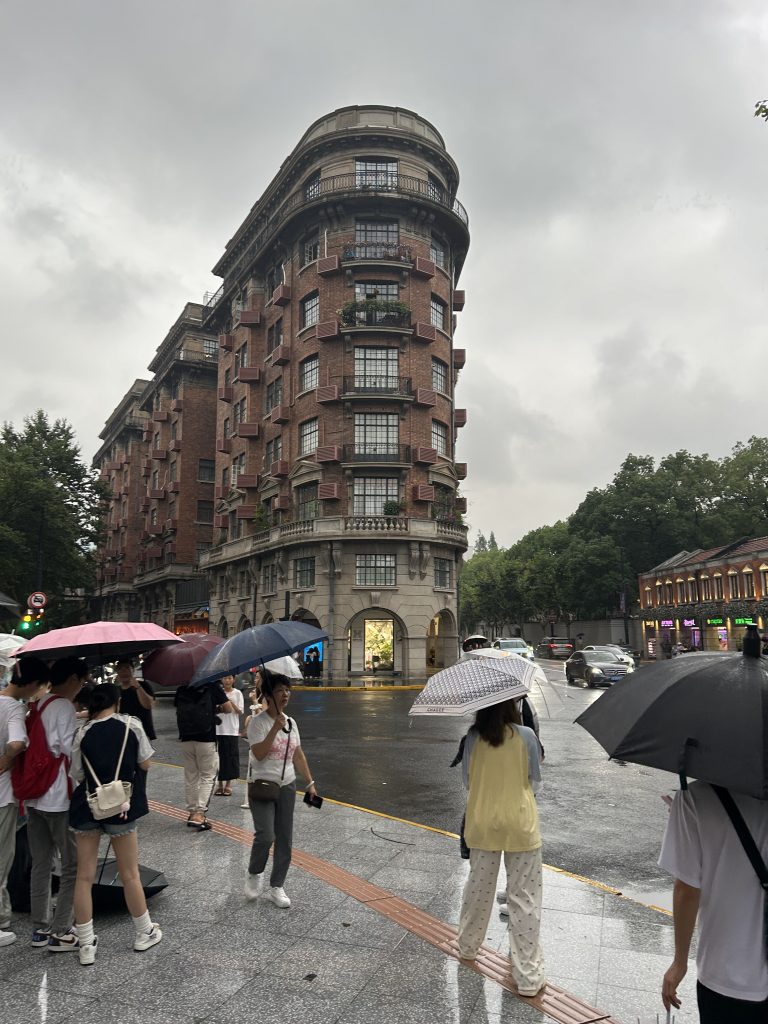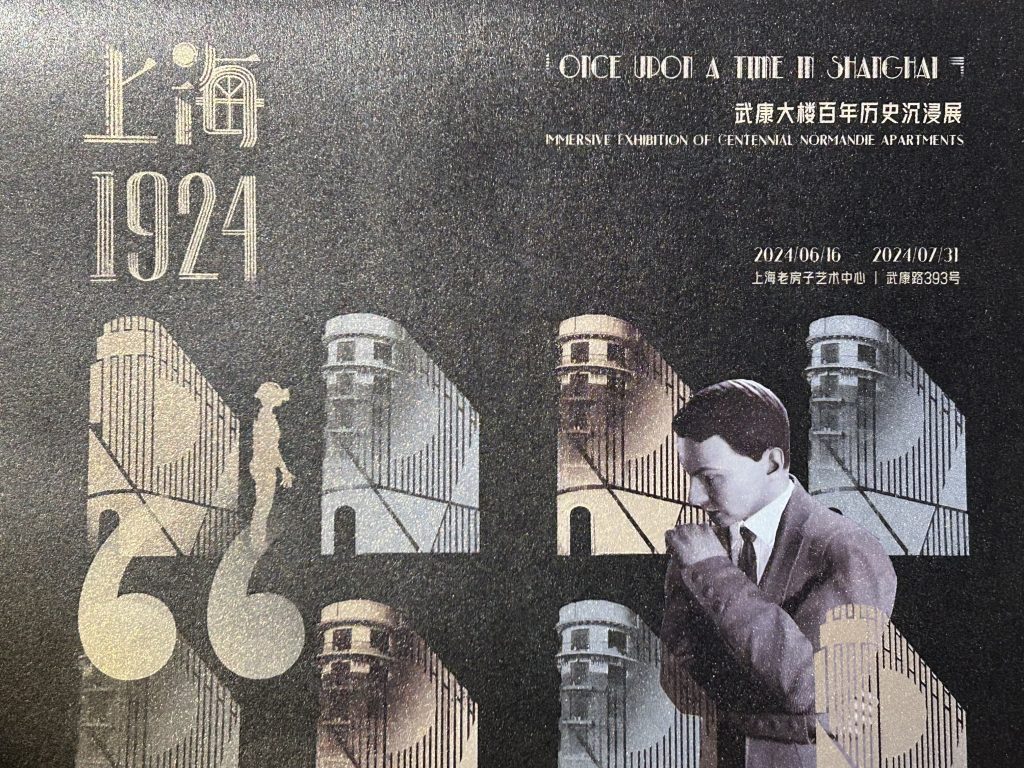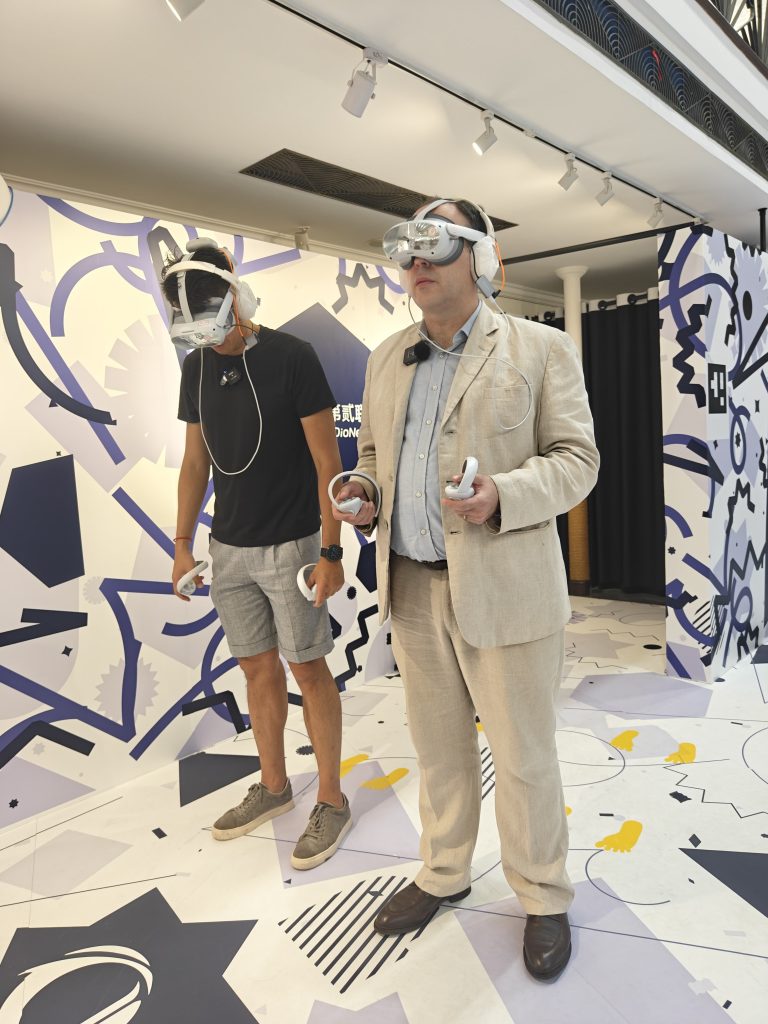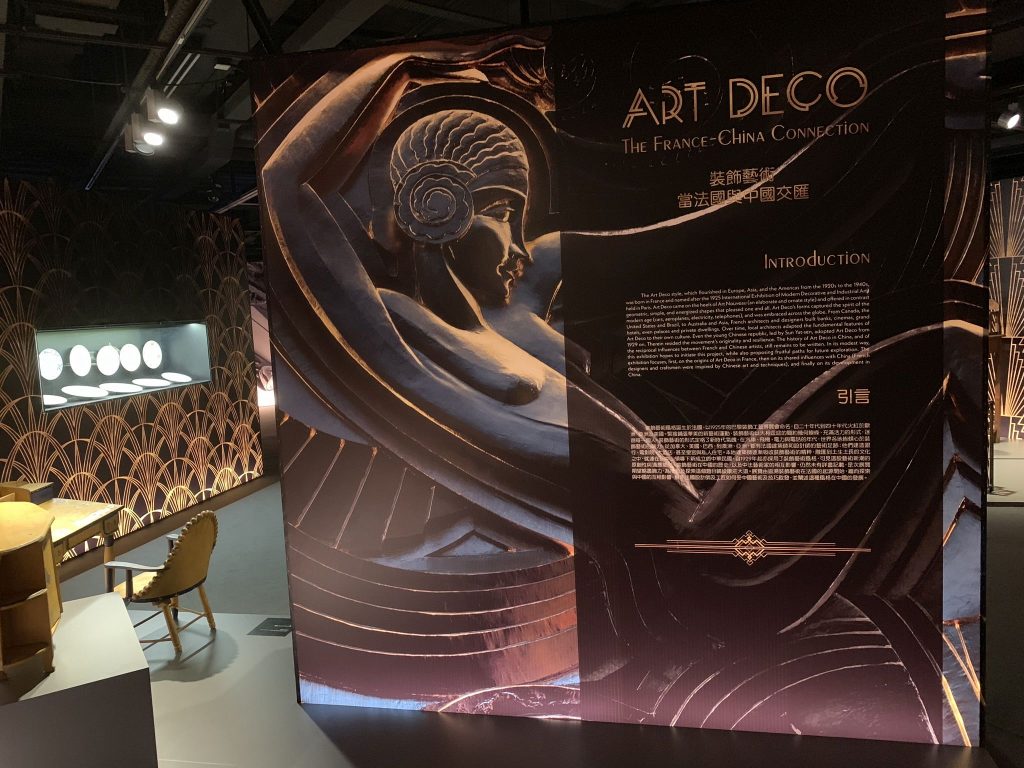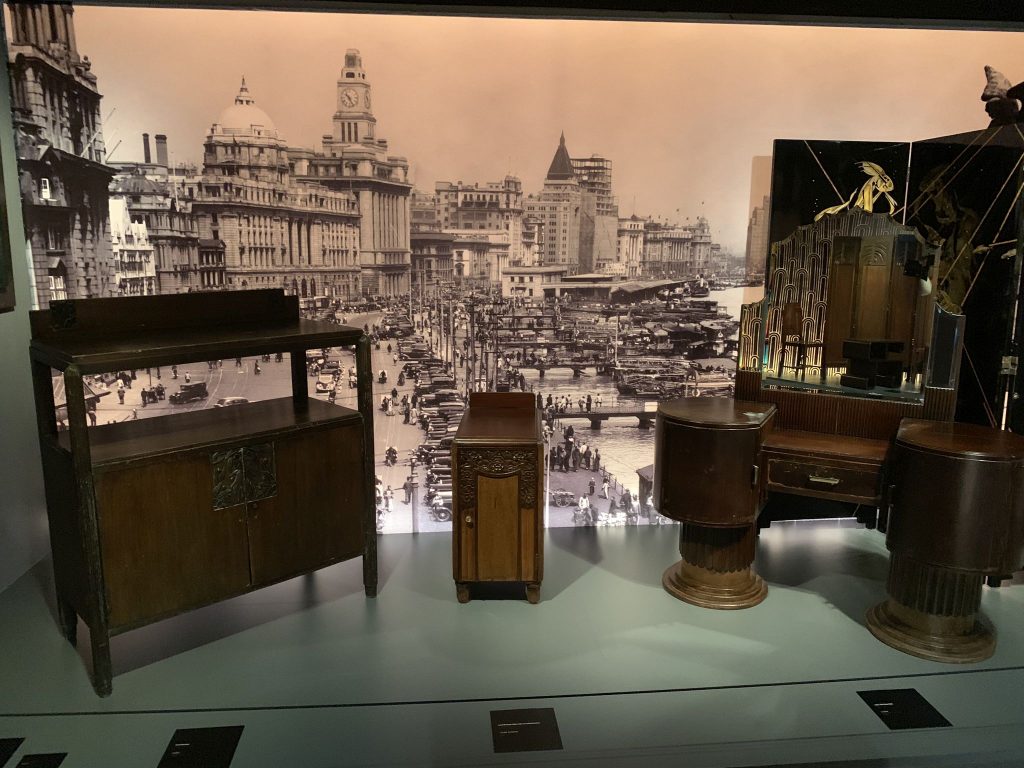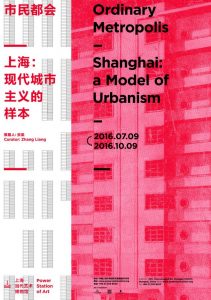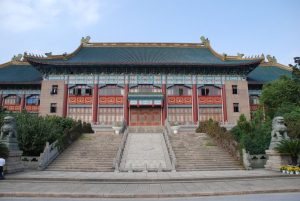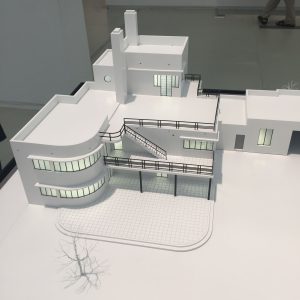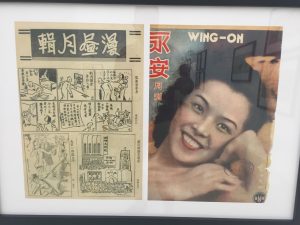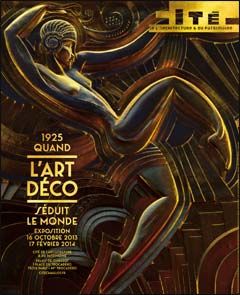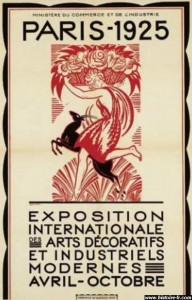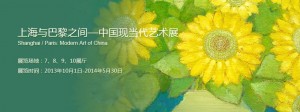Laszlo Hudec first masterpiece in Shanghai, the Normandy building on Huaihai Xi Lu has become one of the icons of Shanghai. The original ISS building on Avenue Joffre from 1924 was remained Normandy building in the 1930s when the ISS extended its building empire in the French Concession, in collaboration with French architects Leonard & Veysseyre.
In the last 10 years, it has really become the icon of Old Shanghai architecture, with hundreds of people taking picture in front of it every day. It was quiet and ignored when I used to live around this area 10 years ago. In the same period, Laszlo Hudec has become the symbol of foreign architects in Old Shanghai and a popular figure in Shanghai. His profile has also risen, although much less so, in his native Hungary.
For the 100th anniversary of the 武康大楼 (the actual Chinese name of the building), a great exhibition has been organized at the nearby 上海老房子艺术中心, the Shanghai old building cultural center, on Wukang Lu 393. The main attraction is a VR 3D adventure around the Normandy building and its history. It is very immersive, including a virtual air balloon flight over the part of Shanghai in the 1930s. It really shows that the building and other 1930s skyscraper where really dominating the city at the time. It also makes clear that this part of Shanghai, that is now the heart of the city center, was the edge of the city at that time.
The exhibition only lasts until 31st July. Highly recommended!
